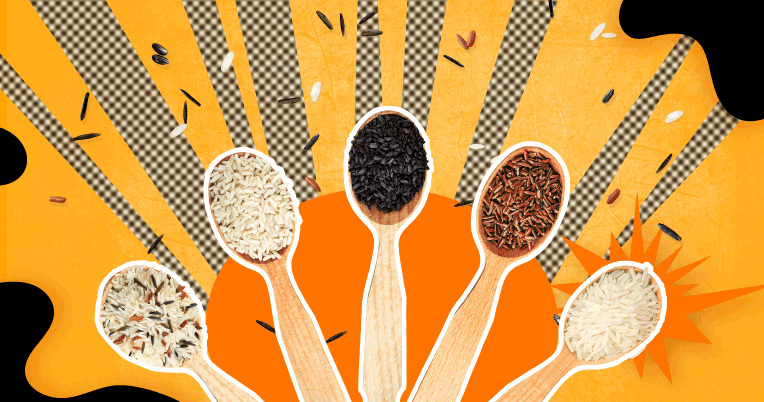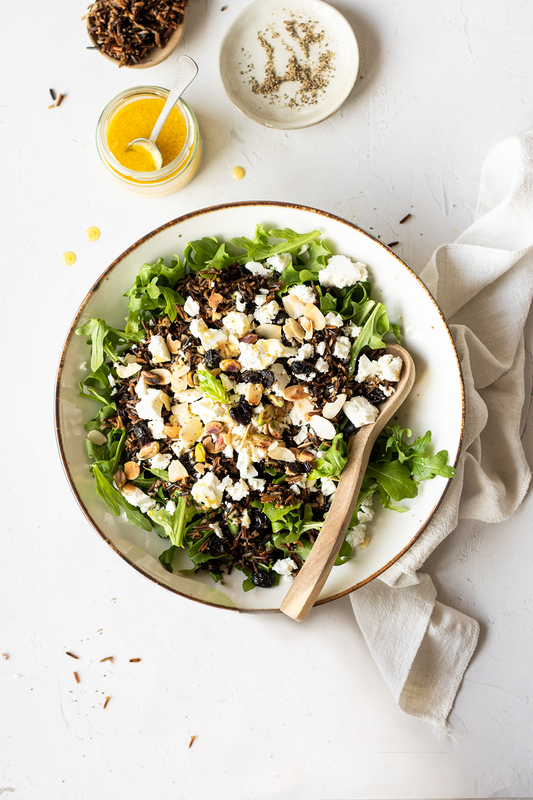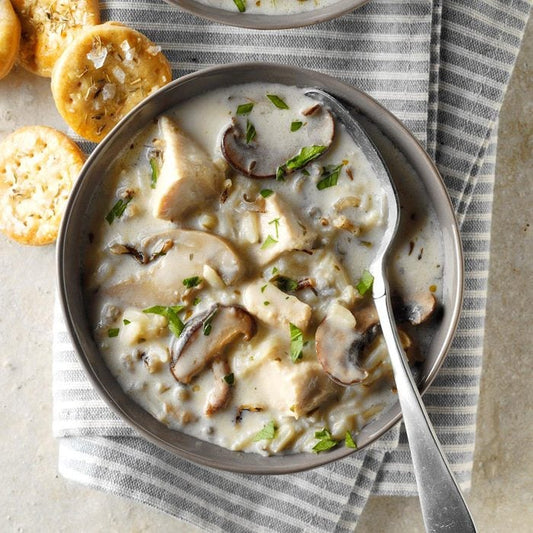
THE ULTIMATE GUIDE TO RICE VARIETIES: WHICH ONE IS RIGHT FOR YOU?
Rice, the humble seed of a grass species, is the world’s most widely cultivated grain and the primary source of carbohydrates for billions of people. It is cultivated on all continents (except Antarctica) and is incredibly versatile. This ancient crop, native to Asia, has been a cornerstone of global agriculture for 8,000 to 13,000 years. Today, rice feeds more people than any other plant on Earth, making it an essential part of the human diet.
Thriving in warm, humid climates, rice is primarily grown in tropical and temperate regions. Most varieties flourish in flooded paddy fields, though it can also be grown in soil—requiring more labor and pest control. With nearly 50,000 varieties and more being developed through cross-breeding each year, rice is as diverse as the cultures it nourishes.
From Asia to the rest of the globe, rice remains a vital crop, ensuring food security for countless communities.
IS RICE HEALTHY AND NUTRITIOUS?
White rice starts out as brown rice. Through a process of milling and polishing, its outer bran layer is removed, transforming its flavor and texture while extending its shelf life. But does this make white rice less nutritious?
Many label white rice as an "empty" or "bad" carb because it loses some nutrients during refinement. However, white rice is often enriched with essential vitamins and minerals like iron and B vitamins, making it far from nutritionally void. Both white and brown rice are packed with carbohydrates, which provide the fuel your body needs to stay energized and power through workouts.
While brown rice is a nutrient powerhouse, loaded with fiber, manganese, selenium, and magnesium, white rice still holds its own, being a great source of folate. Health guidelines recommend that at least half your grain intake comes from whole grains like brown rice. However, white rice is still a healthy and versatile option.
In short, YES, rice—whether brown or white—is a nutritious staple you can confidently enjoy!
HOW TO CHOOSE THE PERFECT RICE FOR YOUR DISH
Selecting the right type of rice is key to mastering any dish. Rice varieties are divided into short, medium, or long grain, each offering unique textures and flavors to suit your recipe. The main difference between these grains? It's all about the starch.
- Long-Grain Rice: Known for its firm, fluffy texture, this rice stays perfectly separate when cooked. Popular varieties include Basmati and Jasmine, ideal for dishes like pilafs and stir-fries.
- Medium-Grain Rice: Tender and slightly sticky, medium-grain rice clings together, making it perfect for creamy dishes. Valencia rice is a common choice here.
- Short-Grain Rice: The stickiest of the bunch, short-grain rice has a soft, tender texture. Arborio (for risottos) and sushi rice are well-known examples.
Rice is classified by grain length: short, medium, or long. Long-grain rice like Basmati and Jasmine remains fluffy, while short-grain varieties like Arborio and sushi rice are stickier. Choosing the right grain for your dish is essential for perfect results.
Now, let’s explore some standout rice varieties:
Carnaroli & Arborio – The Risotto Kings
Both Arborio and Carnaroli are top choices for risotto. These Italian rice varieties release starch as they cook, creating a creamy sauce while maintaining an al dente texture. Stirring during cooking is key to achieving that perfect risotto consistency.
Wild Rice (Zizania Aquatica)
Technically not a true rice, wild rice is a seed from an aquatic grass. It boasts a high protein and fiber content, making it a superfood. With its nutty flavor and chewy texture, wild rice is perfect for salads and soups, offering a satisfying bite and rich nutrition.
Riso Lungo B – Long, Thin Italian Rice
This long-grain rice is known for its slender shape and firm texture. Ideal for stir-fries, pilafs, and side dishes, Riso Lungo B is an excellent alternative to Basmati rice with a delicate flavor and low fat content.
Riso Originario
A short-grain rice that becomes soft and sticky when cooked, Riso Originario is perfect for creamy dishes like soups, rice puddings, and even sushi. Its natural stickiness makes it ideal for recipes that need rice to hold together.
Riso Ribe
Versatile and firm, Riso Ribe is perfect for dishes like salads and pilafs where separate grains are needed. It absorbs flavors well, making it a great base for risottos and soups.
Riso Baldo
With its large, round grains and high starch content, Riso Baldo is perfect for risotto. It absorbs broth beautifully, creating a creamy dish that stays firm to the bite. It’s also excellent for making rice arancini.
Riso Nero (Black Rice)
Once reserved for royalty, black rice is rich in antioxidants and has a nutty flavor. With its dark, chewy grains, it’s a great addition to salads or as a side dish. Black rice also has a low glycemic index, making it a nutritious choice.
Riso Rosso (Red Rice)
With its reddish-brown husk, red rice offers a chewy texture and nutty flavor. It’s packed with fiber and antioxidants, making it a healthy choice for salads or side dishes. Its slow-digesting carbohydrates provide lasting energy.
Basmati Rice
Known for its fragrant aroma and long, elegant grains, Basmati rice hails from the Himalayan region. Aged for a year to enhance its flavor, it’s perfect for pilaf, biryani, and fried rice dishes. Basmati also has a low glycemic index, making it a healthy and flavorful choice.
Jasmine Rice
Native to Thailand, Jasmine rice has a delicate floral aroma and soft, sticky texture. It’s ideal for pairing with Asian dishes and is best cooked using the absorption method to maximize its flavor.
Rice is not just a staple—it’s a versatile, nutritious, and delicious base for a wide variety of meals. Whether you’re making a creamy risotto or a fragrant pilaf, choosing the right rice variety is the first step to mastering your dish!







No comments